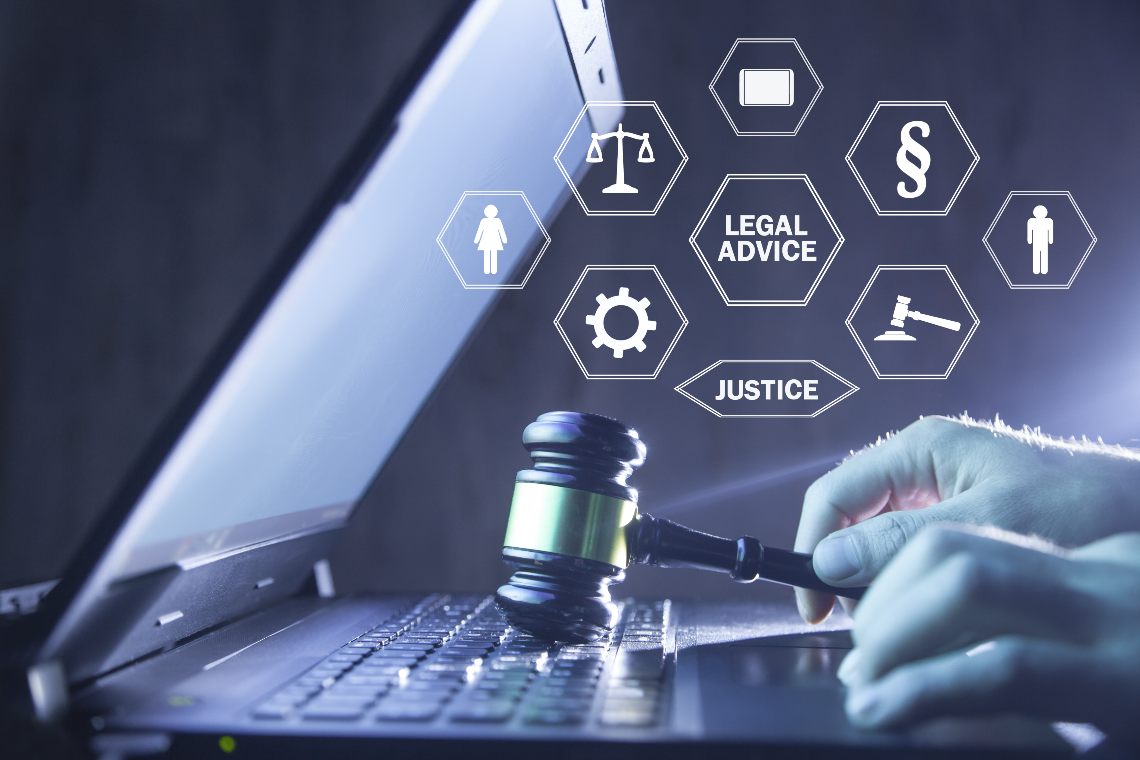Recently NFTs have taken the world by storm. Each of the millions that have been created and sold represent ownership rights to digital art, tweets, gifs, video moments and music.
They have given artists and creators a new avenue of monetization, and led to an explosion in creativity.
Of course, artists, entertainers, and all manner of creatives have always wanted new ways to reach their audiences, and be compensated, and for that NFTs certainly provide a solution.
But while the new NFT craze has certainly had winners, and happy purchasers in the sense that they have been glad to participate in the sale, it has sparked many serious conversations around the technical parts of the transactions.
One of the most striking and obvious questions is: what and how does an NFT exist on a blockchain?
Ownership
Primarily, it is an attestation of ownership that has been submitted as data. Putting an actual image with pixels on a database takes up data, and having huge volumes of NFTs could ultimately lead to a greater need for storage, a need that can be met with a regular centralized database, and which can be expensive.
So where does blockchain fit? If it is just a fancy form of a receipt does it really have any material value?
Many people claim NFTs are a “bubble” and are built on a house of cards that could tumble down at any moment if the companies hosting this NFT data on the blockchain fail, or the underlying infrastructure becomes compromised.
For example, what if the blockchain itself, which contains the attestation an owner has purchased an NFT is no longer maintained? Then how can the ownership be proved? The proliferation of projects offering NFTs suggests there will be a lot of competition, so buyers should beware and only transact on the platforms and blockchains they think will last.
NFTs, copyright and legal issues
On top of the infrastructure problems, are a myriad of legal issues that surround copyright and intellectual property. As is usual, regulation and laws can be slow to catch up with fast-moving trends, setting the scene for plenty of legal arguments and debate on the nature of NFTs in the months and years ahead.
Many issues, such as what happens if an artist’s work is copied and then used and sold as an NFT, will need to be hashed out, argued over and resolved, and will lead us along paths we haven’t fully mapped out.
It is clear that while NFTs represent new freedoms for many creators, there are plenty of points that still need to be worked out. Yes, it can be undisputed that an NFT can be immutably stored on a blockchain, but is it a binding contract? What rights were signed over during the transaction? In the flurry of activity recently, these issues have not been worked out.
Until these details are cleared up, there is no guarantee the market value of NFTs will increase over time, although for now, price is indeed what the market will bear.
Author
Stephanie is an economist, policy analyst and co-founder of Geeq.
Throughout her career, she has applied technology within her specialist disciplines. In 2001, she was the first to use machine learning on social science data at the National Center for Supercomputing Applications. More recently, she researched the use of distributed networking processes in healthcare and patient safety in her role as a Senior Lecturer at Vanderbilt University. Stephanie is a graduate of Princeton University (A.B.) and the University of Rochester (M.A., M.S., Ph.D).



